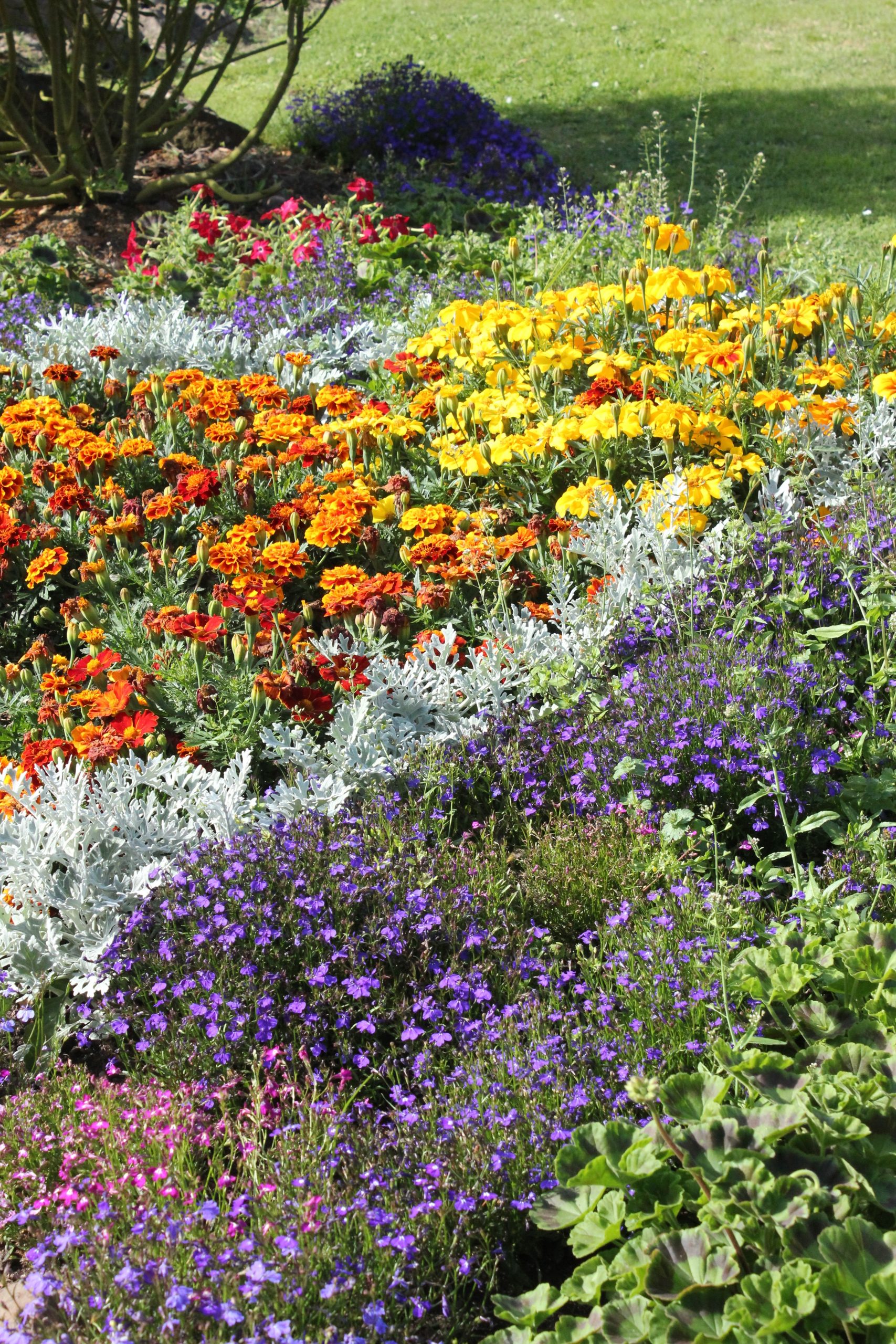The history of summer bedding plant schemes
Summer bedding plants have a rich history, going through periods of immense popularity and evolving styles. Here’s a glimpse into their past:
Early Influences
Formal Gardens: The roots of summer bedding schemes can be traced back to 17th-century formal gardens like parterres and Tudor knot gardens . These elaborate designs relied on geometric patterns often filled with coloured pebbles and shells, with a limited plant selection available at the time.
The Victorian Era Boom
The 19th century witnessed a surge in summer bedding’s popularity. Several factors contributed to this:
- Plant Exploration: Victorian plant hunters brought back a wider variety of colourful and exotic plants from around the world.
- The Abolition of the Glass Tax: This tax break allowed more people to afford greenhouses, enabling them to propagate these new summer flowering plants.
- Competition and Status Symbol: Wealthy estates competed to create the most intricate and dazzling bedding displays, making them a symbol of affluence. This era saw the rise of carpet bedding, where low-growing plants were densely planted to create intricate living carpets.
20th Century and Beyond
20th Century: Bedding schemes remained popular throughout the first half of the 20th century, with peaks in the 1920s and 1950s.
- Shifting Trends: After World War II, there was a move towards less formal styles like cottage gardens, and labour shortages made maintaining elaborate bedding displays difficult.
- Modern Use: Today, summer bedding plants are still enjoyed for their vibrant colours and ease of use. While carpet bedding is less common, bedding schemes come in various styles, from formal to relaxed cottage garden mixes.
Summer bedding plants continue to be a popular way to add a burst of colour and life to gardens, patios, and balconies. Their enduring appeal lies in the vast array of choices available, their ease of care, and the ability to create stunning displays that change with the seasons.




